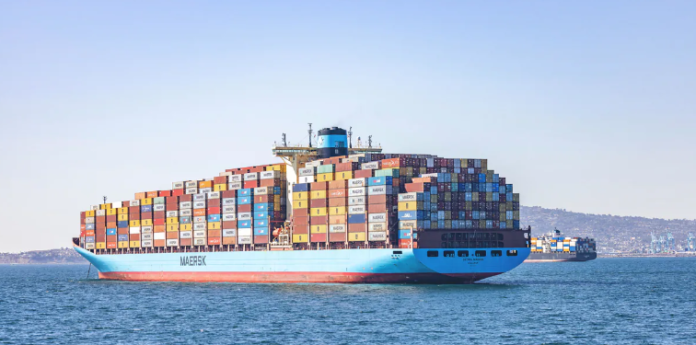
-
1,629 containers lost in high seas each year since 2008, with 18% annual increase reported for 2020-2021
-
Winter 2020-2021 saw an unusually high number of weather-related incidents that raised the average losses over the two-year period to 3,113 containers
-
Maritime players across supply chain start MARIN Top Tier project to enhance container safety using scientific analyses, studies, real-life measurement and data collection
An average of 1,629 containers had been lost at sea each year from 2008 to 2021, the World Shipping Council says in a report based on a survey of member liners that accounted for 80% of the total global vessel container capacity deployed at the time of the survey.
The losses were just a drop in an ocean of containers, approximately 241 million of them, that the international liner shipping industry carried last year to continents loaded with trade valued at more than US$7 trillion.
But they were a cause for concern in the industry as they involve safety, said WSC.
The winter of 2020-21 saw an unusually high number of weather-related incidents, and the average losses over the two-year period were 3,113 containers, compared with 779 in the previous period, the report said.
A significant loss occurred in 2020 when the ONE Opus lost more than 1,800 containers in severe weather. The Maersk Essen also experienced severe weather in 2021 that led to some 750 containers being lost in the high seas.
“Such large losses in a single incident have not been reported since 2014-2016 period,” WSC said in its “Containers Lost at Sea Report” released on June 22.
The report, covering 2020-2021, shows that containers lost overboard represent less than one thousandth of 1% (0.001%) of the roughly 241 million packed and empty containers currently shipped each year.
However, the past two years have seen a worrying break in the downward trend for losses, with the average number of containers lost at sea per year since the start of the survey increasing significantly by 18% to 1,629.
“There are more than 6,300 ships carrying containers around the world at any point in time. All containers lost at sea represent safety and environmental hazards regardless of how and when those containers were lost,” WSC said in its 2022 update released June 22.
Several factors, from severe weather and rough seas to more catastrophic and rare events like ship grounding, structural failure and collisions can lead to containers being lost at sea.
“Container vessels are designed to transport containers safely and carriers operate with tight safety procedures, but when we see numbers going the wrong way, we need to make every effort to find out why and further increase safety,” said John Butler, WSC president and chief executive.
“The WSC’s member companies operate more than three quarters of the global containership capacity; thus, a survey of their losses provides a valid basis for a meaningful estimate of the total number of containers lost at sea,” WSC said.
The WSC brings together the 20 largest container shipping companies globally, with 16 operators represented on its board as of 2021.
The report “includes the total number of containers lost at sea, regardless of how they were lost. We continue to work with governments and other interested stakeholders to identify losses, their causes, and actionable solutions to reduce the losses in the future,” WSC said in the report.
Maritime actors across the supply chain have initiated the MARIN Top Tier project to enhance container safety, with WSC and member lines among the founding partners. This project will run over three years and use scientific analyses, studies, and desktop as well as real-life measurement and data collection to develop and publish specific, actionable recommendations to reduce the risk of containers being lost overboard.
Initial results from the study show that parametric rolling – when a vessel experiences a large unstable rolling motion from side to side in head or stern seas – in following seas is especially hazardous for container vessels, a phenomenon that is not well known and can develop unexpectedly with severe consequences.
To help in preventing further incidents, a “Notice to Mariners” has been developed describing how container vessel crew and operational staff can plan, recognize and act to prevent parametric rolling in following seas. Many more topics, tests and measurements will be undertaken by the project, which will continue reporting on progress and sharing insights on a regular basis through the IMO and other forums.
“The liner shipping industry’s goal remains to keep the loss of containers as close to zero as possible. We will continue to explore and implement measures to make that happen and welcome continued cooperation from governments and other stakeholders to accomplish this goal,” Butler said.




